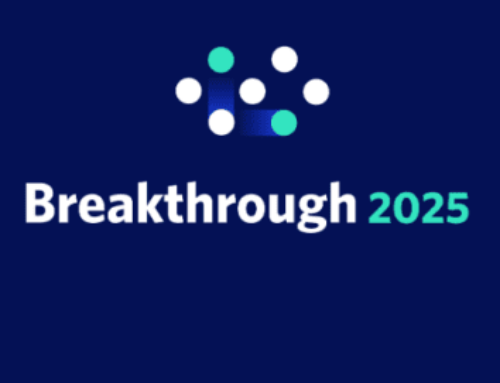“The clinical development industry is entering a new era of change and opportunity. It faces an increasing array of drivers from the commercial, regulatory, safety and patient sectors, the likes of which have never been seen before. In response to these pressures, the industry is embracing new techniques and technologies; electronic data capture (EDC) is one. The electronic collection of clinical trial data (rather than on paper) can have the effect of streamlining data processing, management, study review and close-out, but it has not been norm for all types of studies.
We are all aware of the real benefits of using electronic data capture (EDC) and the advantages this has over traditional paper studies. However, even in this age of improved technology and greater mobile internet access, there are still studies, countries and sites where organizations choose to select paper data management over EDC. This causes a problem as systems unable to effectively support paper or hybrid studies necessitate back-end data consolidation, thereby reducing the full potential of EDC and slowing study close-out to a crawl. This is true even in traditional EDC studies where very few organizations use fully optimized processes for data cleaning, review, coding and locking.
Key Learning Objectives:
• Understand why many studies are still done on paper in certain phases, designs, geographies or settings, despite the rise of EDC solutions and mobile internet access • Learn how the new generation of EDC solutions may overcome these challenges • Understand how you may fully realize the true value EDC-optimized workflows and processes can accelerate clinical development programs[contact-form-7 id=”41″ title=”download the White Paper Default”]



